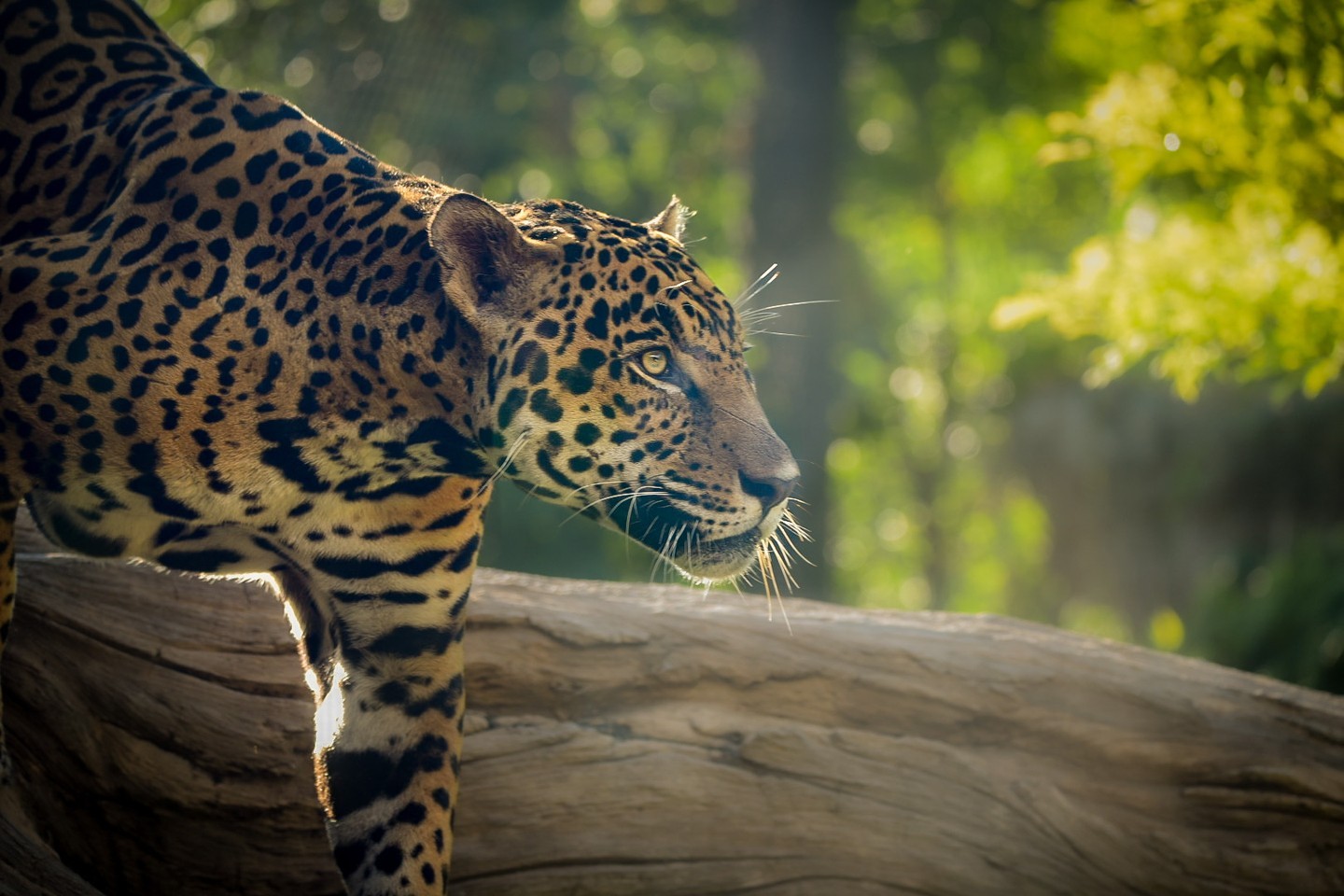- Importance of Member Mornings in fostering community engagement and conservation education.
- The role of zoos in wildlife preservation, particularly through specialized exhibits like the South America’s Pantanal.
- The significance and ecological role of species like Tesoro housed in zoological settings.
- Educational opportunities provided by zoos through direct interaction and observation of animals.
- Contributions of zoo keepers and staff in conservation efforts and education programs.
Member Mornings at the zoo represent a unique opportunity for community members to engage actively with the world of wildlife. These early morning visits are more than mere social gatherings; they are educational initiatives aimed at fostering a deeper connection between people and nature. Through these sessions, members gain early access to the zoo, allowing them to explore exhibits with fewer crowds, thereby enhancing their overall learning experience. This particular Member Morning, as we ring in the year 2025, focuses on enhancing awareness about conservation efforts and the delicate ecosystems curated by zoological institutions.
By visiting the zoo during these special hours, members receive firsthand exposure to the integral role zoos play in preserving biodiversity. These sessions often include guided tours, interactive talks, and the chance to spot animals, like Tesoro, in their habitats. Tesoro, located in the South America’s Pantanal exhibit, serves as a focal point for educational discussions about habitat preservation and the challenges facing specific animals in the wild. The Pantanal exhibit provides insight into the diverse and rich ecosystem of South America, highlighting the adaptations animals have evolved to survive in such unique environments. This direct observation and interaction with animals like Tesoro make conservation issues tangible, helping to cultivate a mindset of environmental stewardship among members.
Zoos hold a pivotal place in global wildlife preservation efforts. They act as arks, preserving species that are threatened by habitat loss, climate change, and human encroachment. The South America’s Pantanal exhibit exemplifies these efforts by focusing on species that are native to one of the world’s largest tropical wetland areas. The Pantanal is home to a dazzling array of wildlife, including jaguars, capybaras, and giant otters. By replicating such habitats, zoos provide a sanctuary that safeguards these species and offers researchers a controlled environment to study them. Through the conservation efforts spearheaded by zoos, species that would otherwise face extinction in the wild are given a fighting chance, and their genetic diversity is maintained.
Species like Tesoro play a valuable part in the ecosystem of their origin. By studying these animals in a zoological setting, researchers gain insights into their behavior, social structures, and ecological roles. This knowledge is crucial for informing conservation strategies both within and outside the zoo. Tesoro, and others like it, become ambassadors for their species, helping to raise awareness of the threats facing their populations in the wild. Zoos, therefore, serve a dual purpose: preserving species and educating the public on the importance of biodiversity. By fostering an understanding of ecological roles, zoos encourage responsible attitudes toward conservation and sustainable living practices among visitors.
Zoo visits during Member Mornings also offer significant educational opportunities. These experiences extend beyond passive observation by inviting active participation and inquiry. Furthermore, through animal encounters and interactive displays, zoos stimulate interest in zoology and environmental science. Education programs curated by zoo educators provide foundational knowledge in subjects like ecology, biology, and environmental management, promoting informed citizenship. In addition, the integration of technology in exhibits enhances the educational potential by providing augmented reality experiences and interactive learning modules. Through these programs, zoos cultivate an informed and engaged public prepared to address the conservation challenges of the future.
Behind the scenes, zoo keepers and staff are the unsung heroes of these initiatives. Their dedication to wildlife conservation and education programs cannot be overstated. Experience and expertise enable keepers to care for animals and implement contemporary conservation practices. Training programs for keepers involve extensive study of animal behavior, nutrition, and breeding programs, all critical to the sustainability of zoo populations. As frontline educators, keepers facilitate learning through keeper talks and demonstrations, sharing their knowledge with members and inspiring the next generation of conservationists.
Member Mornings exemplify how zoos engage with the community, educate the public, and contribute to global conservation efforts. They offer more than a glimpse into animal habitats; they provide a gateway into understanding the intricacies of ecosystems. By spotlighting animals like Tesoro in exhibits such as the South America’s Pantanal, zoos affirm their role as conservation havens and educational institutions. At the same time, they inspire active participation in wildlife conservation and foster a sense of collective responsibility toward preserving our natural world for future generations.
*****
Source Description
Members, ring in the New Year with an early morning visit to the Zoo for our first Member Morning of 2025. Spot Tesoro in our South America’s Pantanal exhibit.
📸: Keeper Emilie

